About making
In the traditions of western thought, we typically understand the material of our physical environment as something separate to be understood remotely and acted upon after consideration. And to the extent that I had thought about it at all when I first started making, this was what I assumed about interactions with material: that there were skills to learn which could then be applied to material in order to get an outcome that I, the maker, had previously planned. I assumed this because I thought I had no other framework through which to view the world. This is one way to make, like following a recipe to the letter (I call it making as construction), and there are times and places where this is the appropriate and necessary way to work with material.
I was three years into my training when I really experienced the importance of this connection for the first time. I was trying to fit two components together at a particular angle and they simply wouldn’t go. I filed, hammered, filed some more I hammered, heated and cooled, nudged again. And it didn’t seem to matter what I did: the components would not fit together. As a last resort, I changed the angle of the top piece to one that was much more abrupt, and the component fit perfectly, at once, just the way they were. Not only did it fit perfectly, but the piece was better; it had more to say. This was one of the first times I realised that an abundance of resources is waiting for me when I step down from the pedestal of my own mind and out into the world. I do not need all the answers, I need questions and openness instead.
From the workshop
Making happens when an idea touches the material world and the material world shapes the idea. It is what happens when the mind of the maker comes into contact with the materiality of the world. Making is an axis of both exchange and transformation, where two seemingly opposite things come together to create something new with. The significant part comes next because in that contact, in that touching, the material is changed by the idea and the idea is, inevitably, changed by the material. This is the very heart of the matter because this parallels the experience of being human and living as a human in a material world. We see these parallels in our everyday, personal experience (like losing my temper if I miss the bus), but we also see it in the structures of our societies, where ‘ideas’ about everything from healthcare, to housing, to the privatisation of utilities have very material ramifications for seeing a doctor about our cough, having a safe place that feels like home, and whether our water is clean. As we see the ramifications of these intangible policies play out in the material world - as healthcare is underfunded or restructured, as there is not enough housing, as water pipes leak - what happens in reality shapes ideas in turn. In all of these examples, ideas shape the material world, and what happens in the material world goes on to shape ideas.
But this is not the only way to make – and it is not the only way to encounter the world. Rather than seeking to control the material from the outside, the other method flows from a conversation between maker, material and form, with each body given the power to affect the others. This method rests on material empathy and the way in which I can hold my attention open, using the skills of my hands to duet with the other. In doing so, the boundaries dissolve, just for a little, and I know something of what it is to be someone and something else in this rich world. It is effortless; a reciprocal dialogue. To make like this is to hear, listen, understand, and be open to a voice other than my own. It is to know: not about, but of: a rich, vibrant, deep, laughing, beautiful knowing that says ‘ah, here you are’. To make like this is animate experience acting on material - or matter acting on matter.
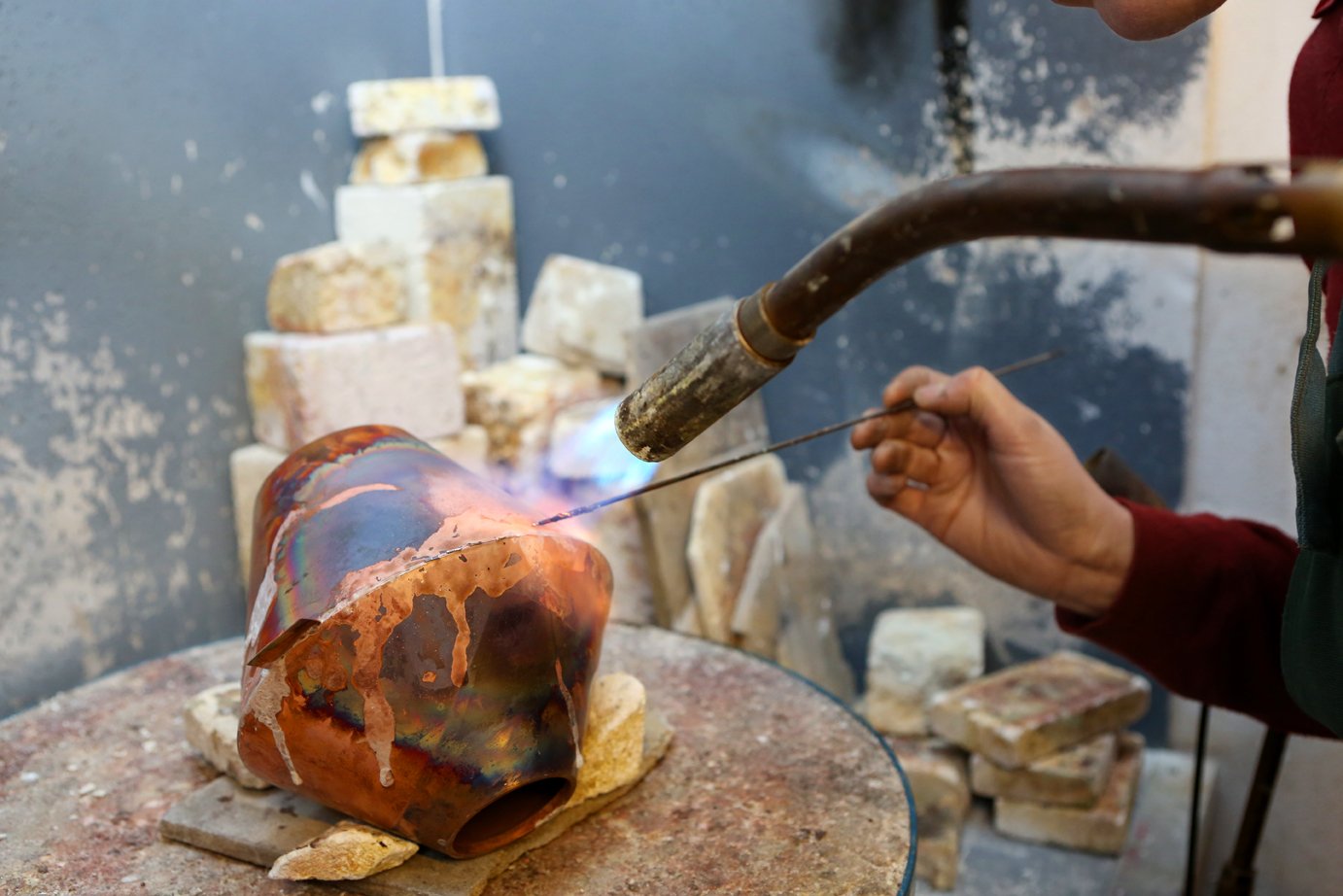
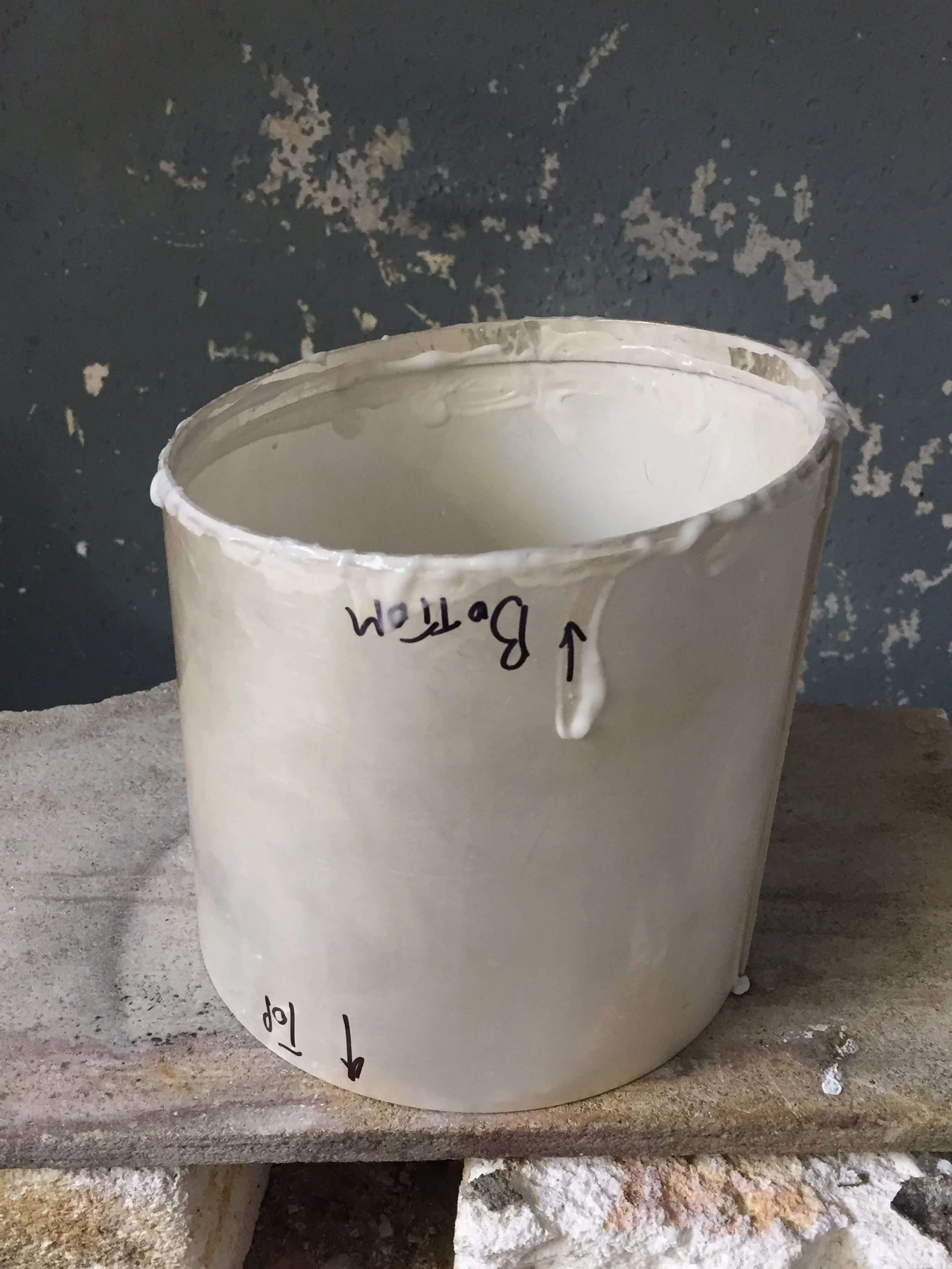
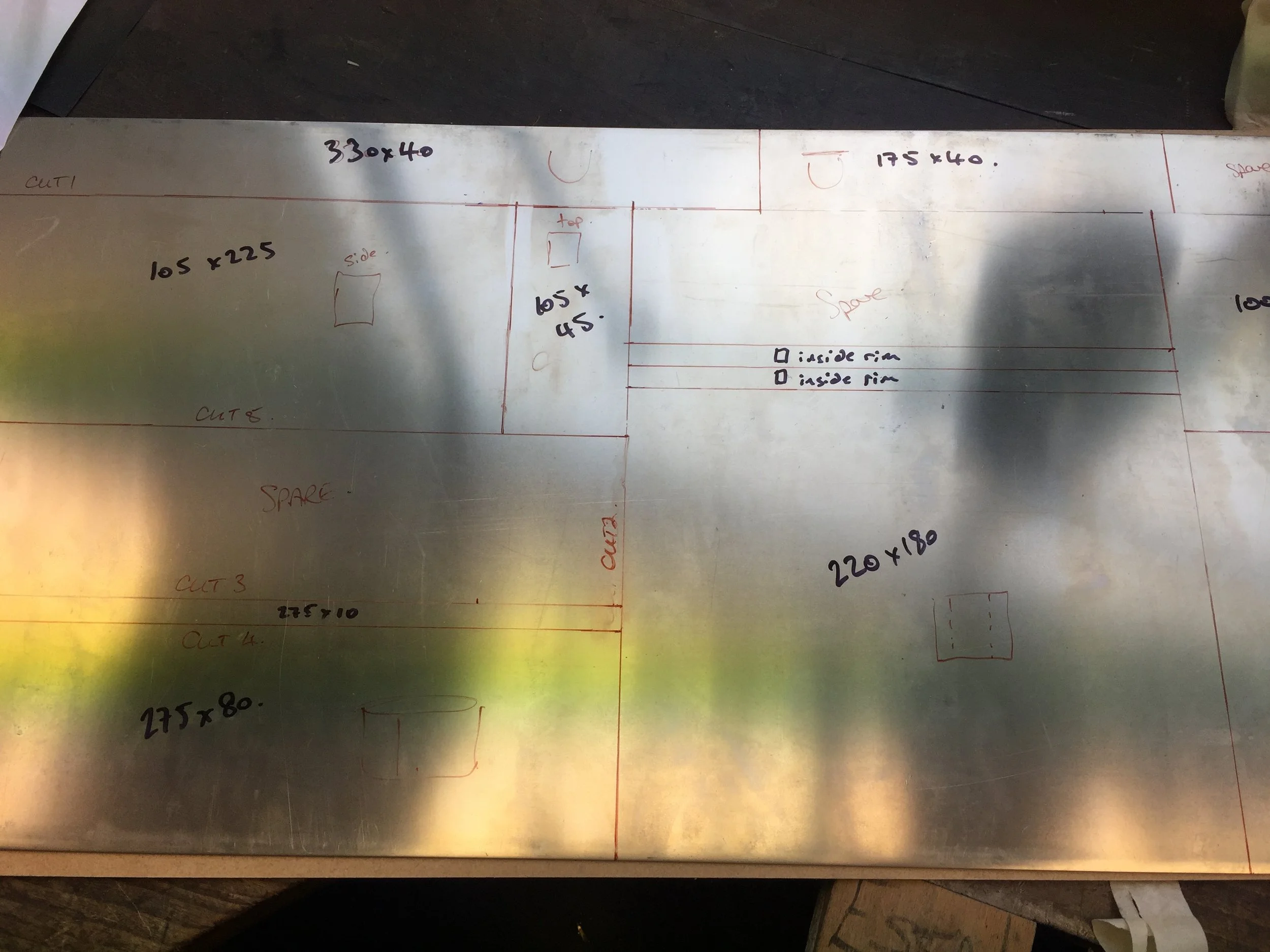
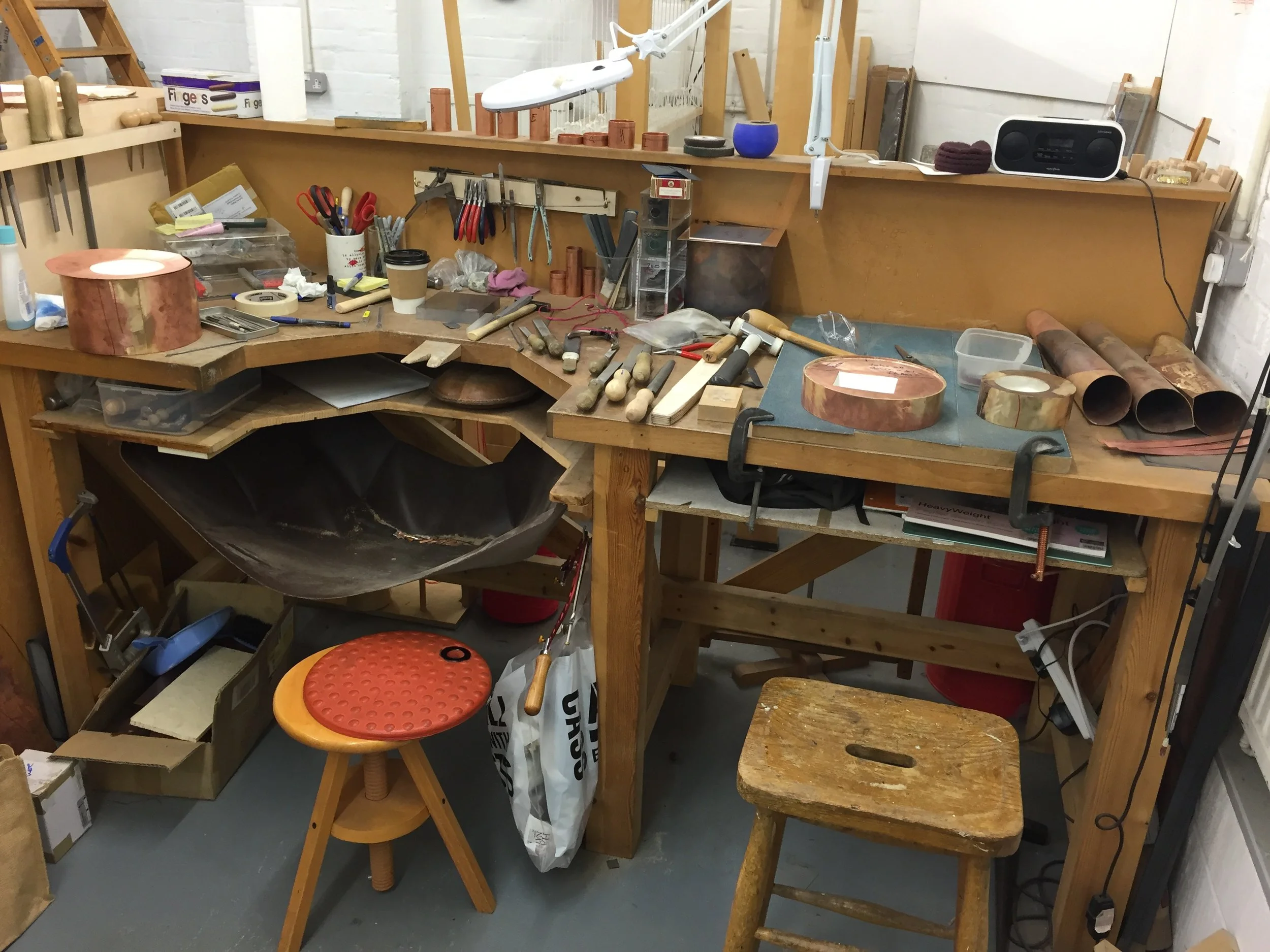
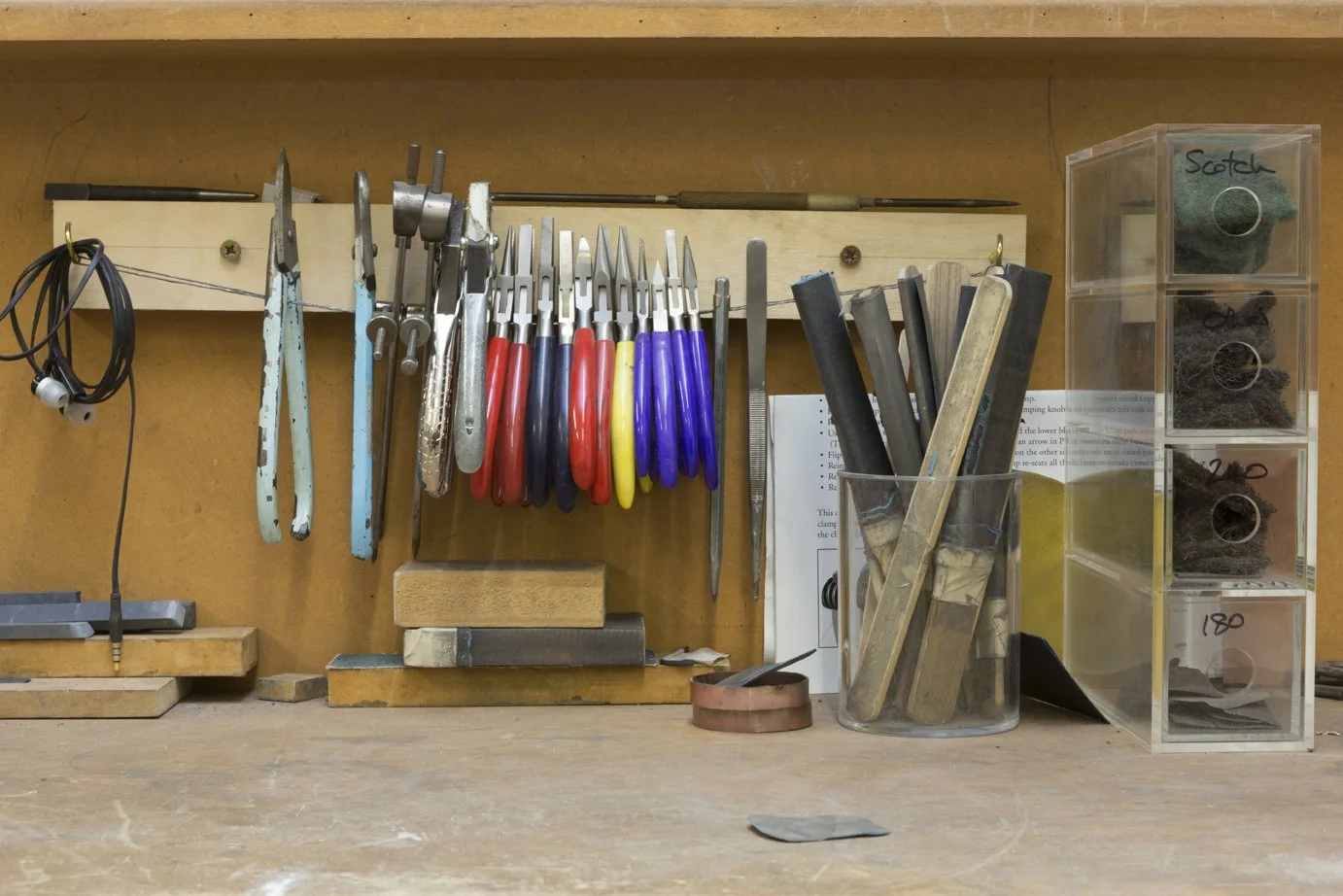


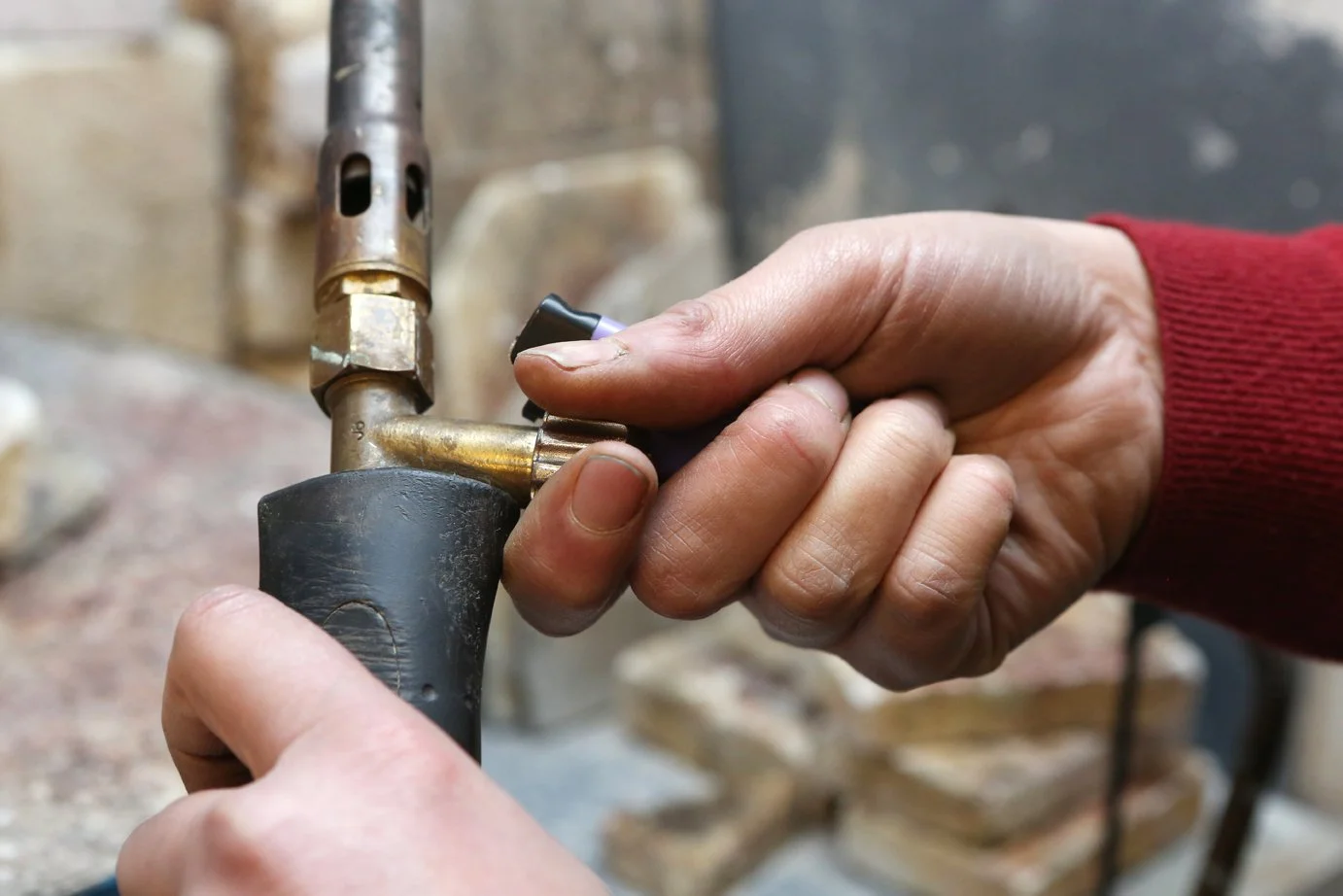


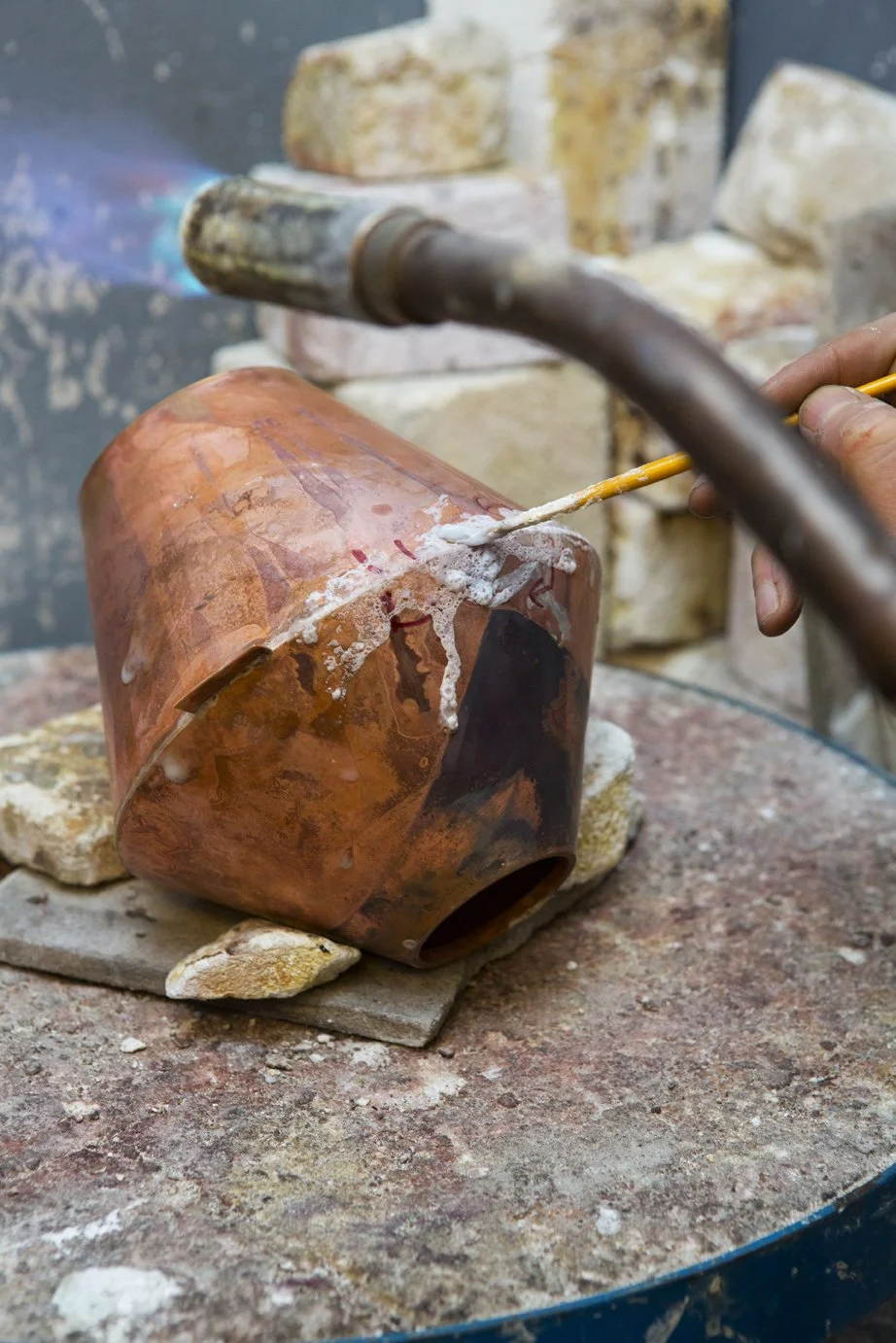
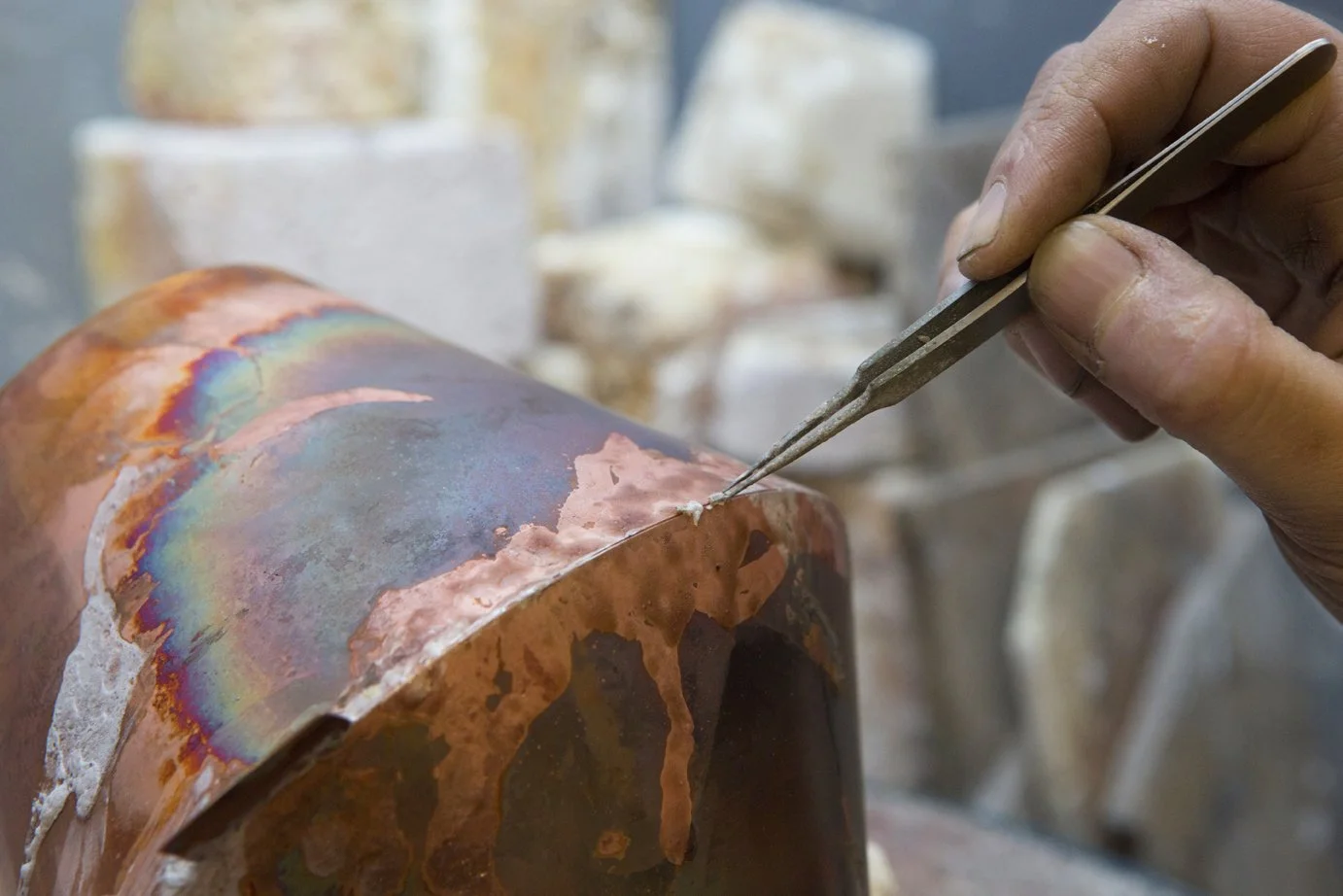
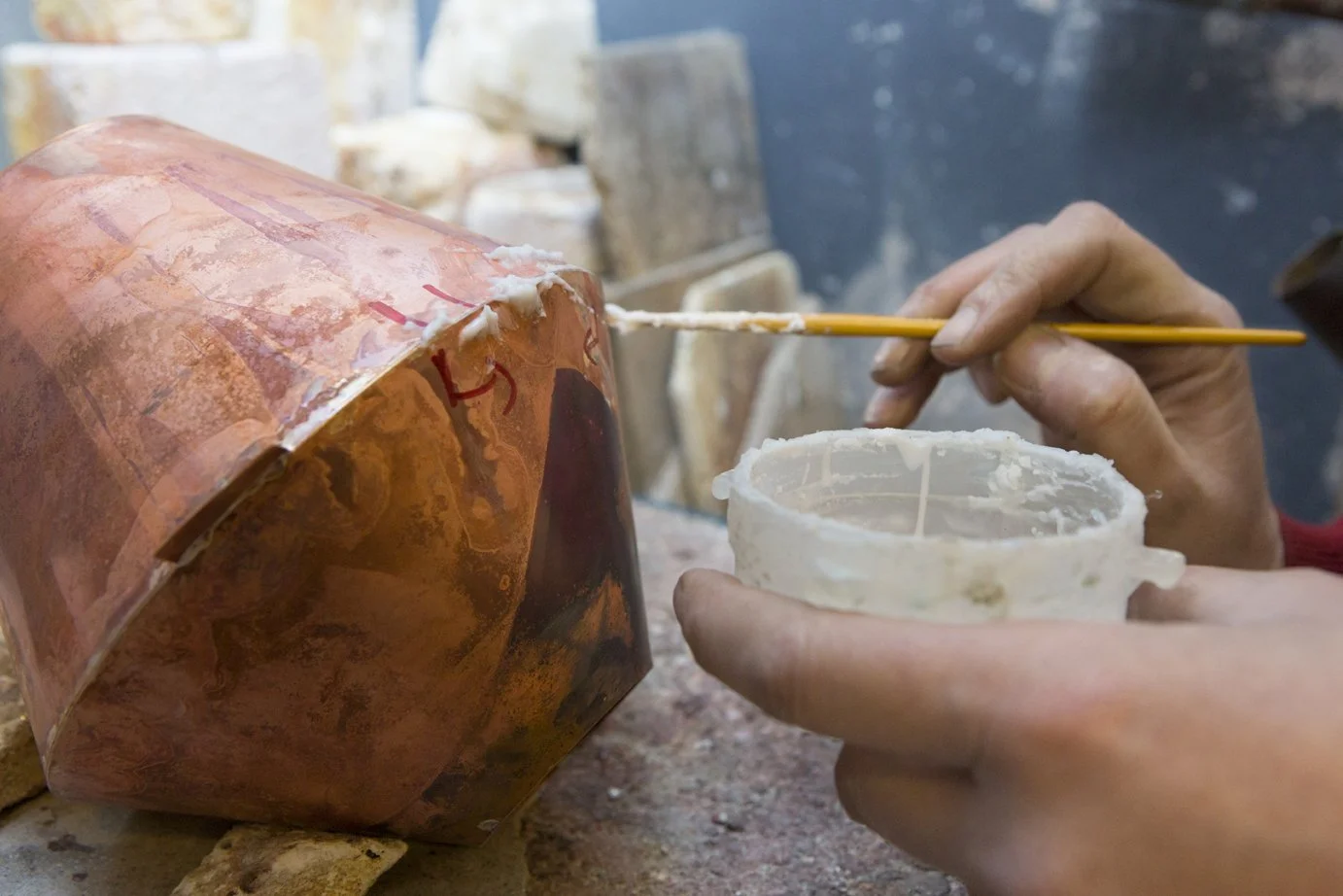

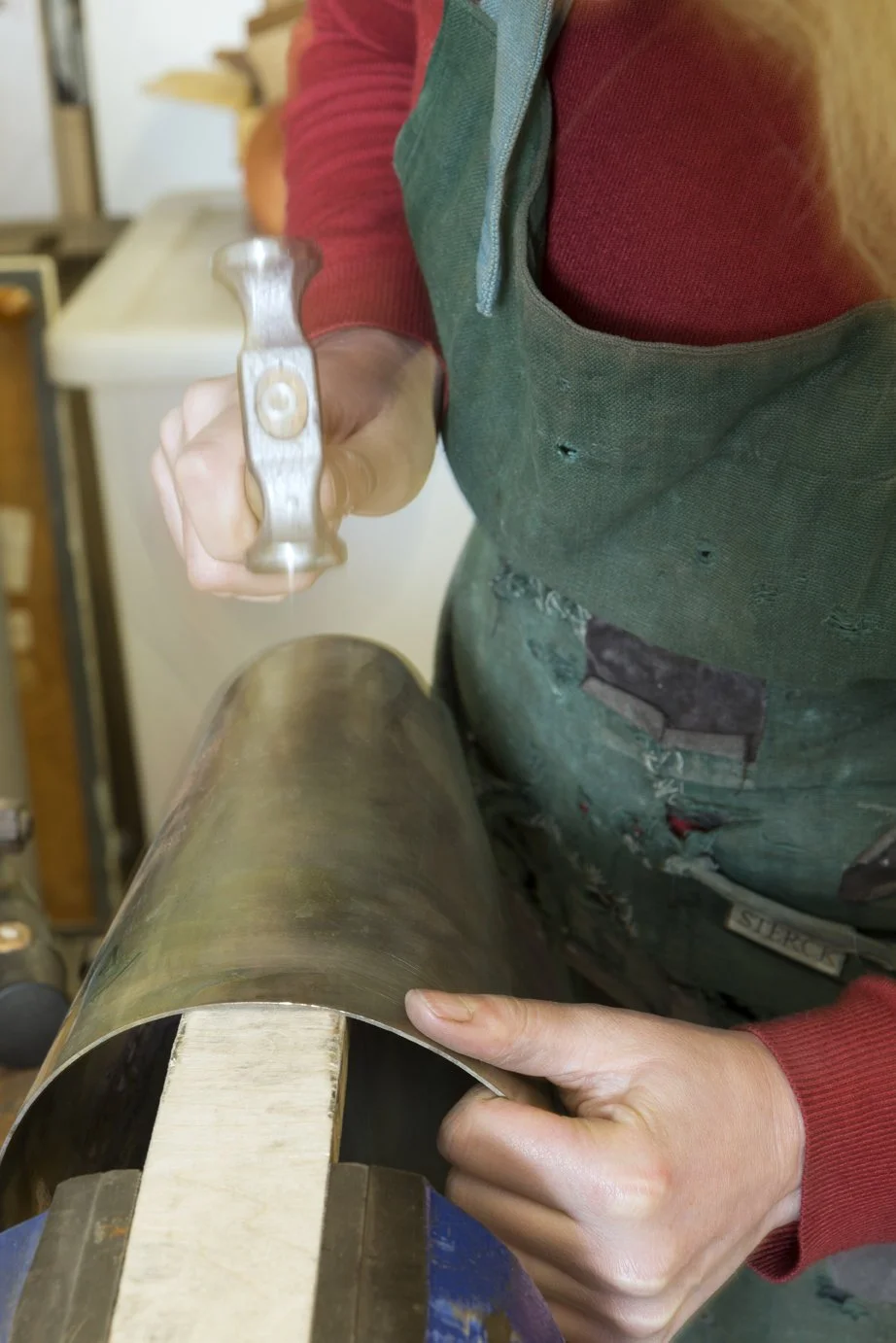

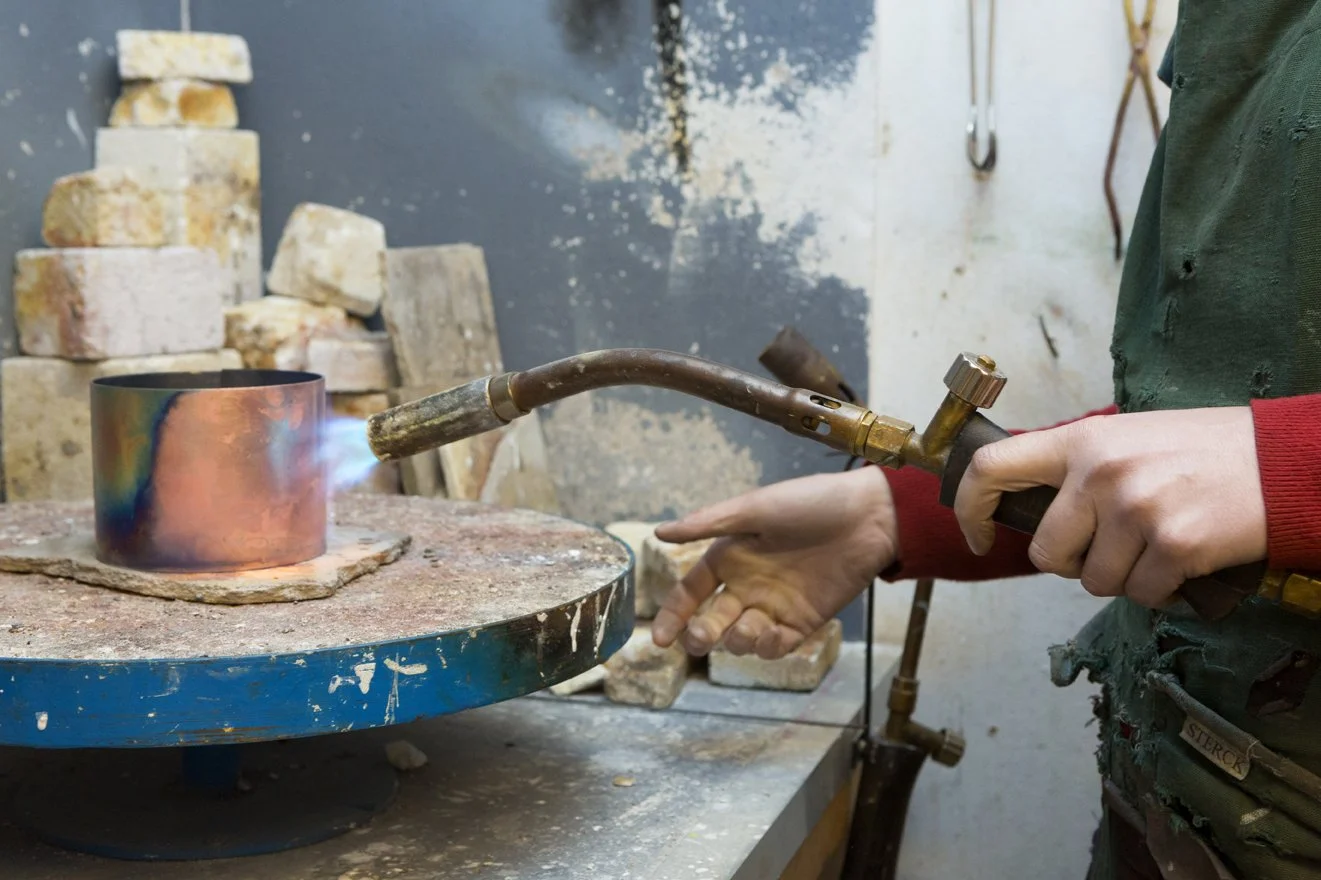
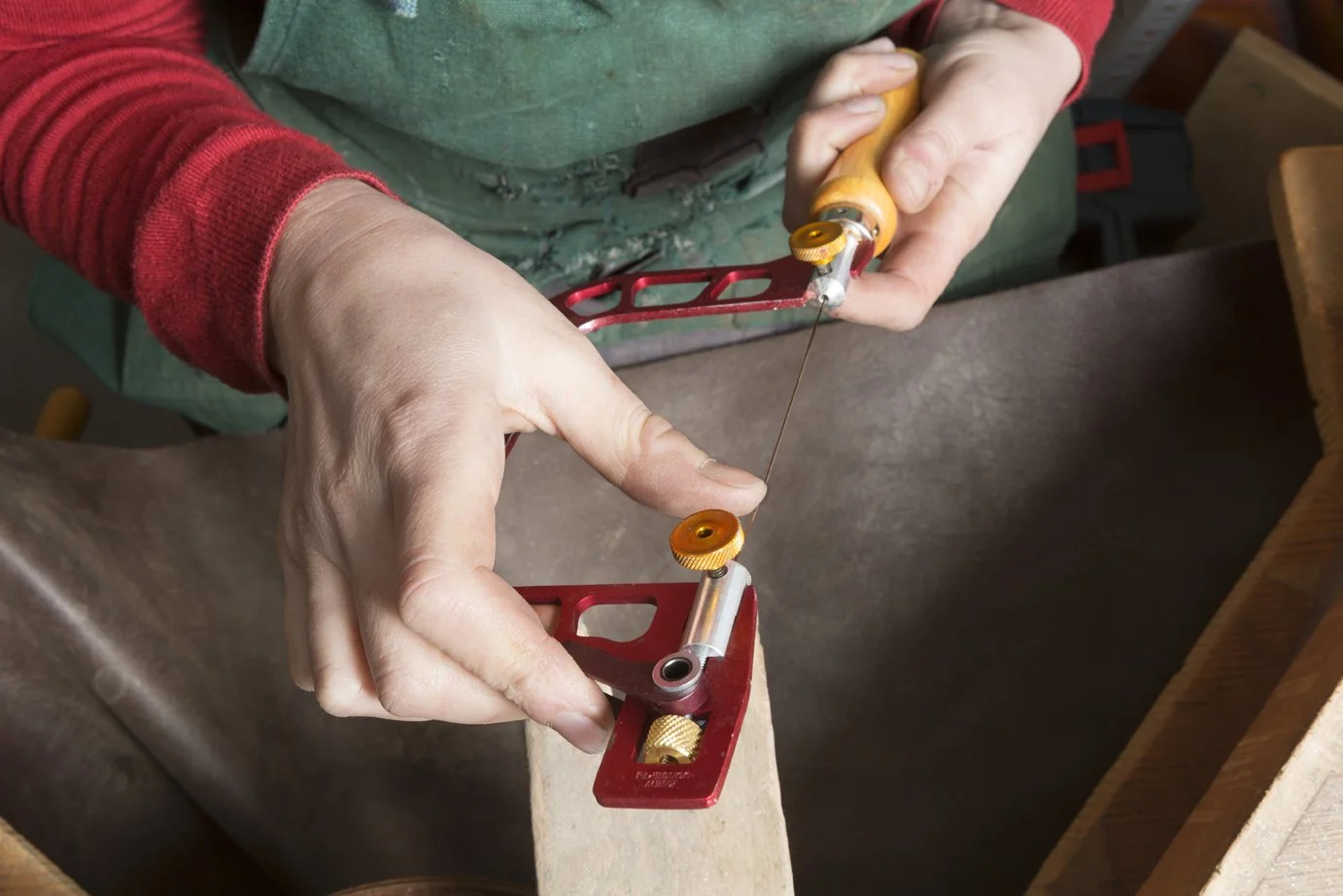
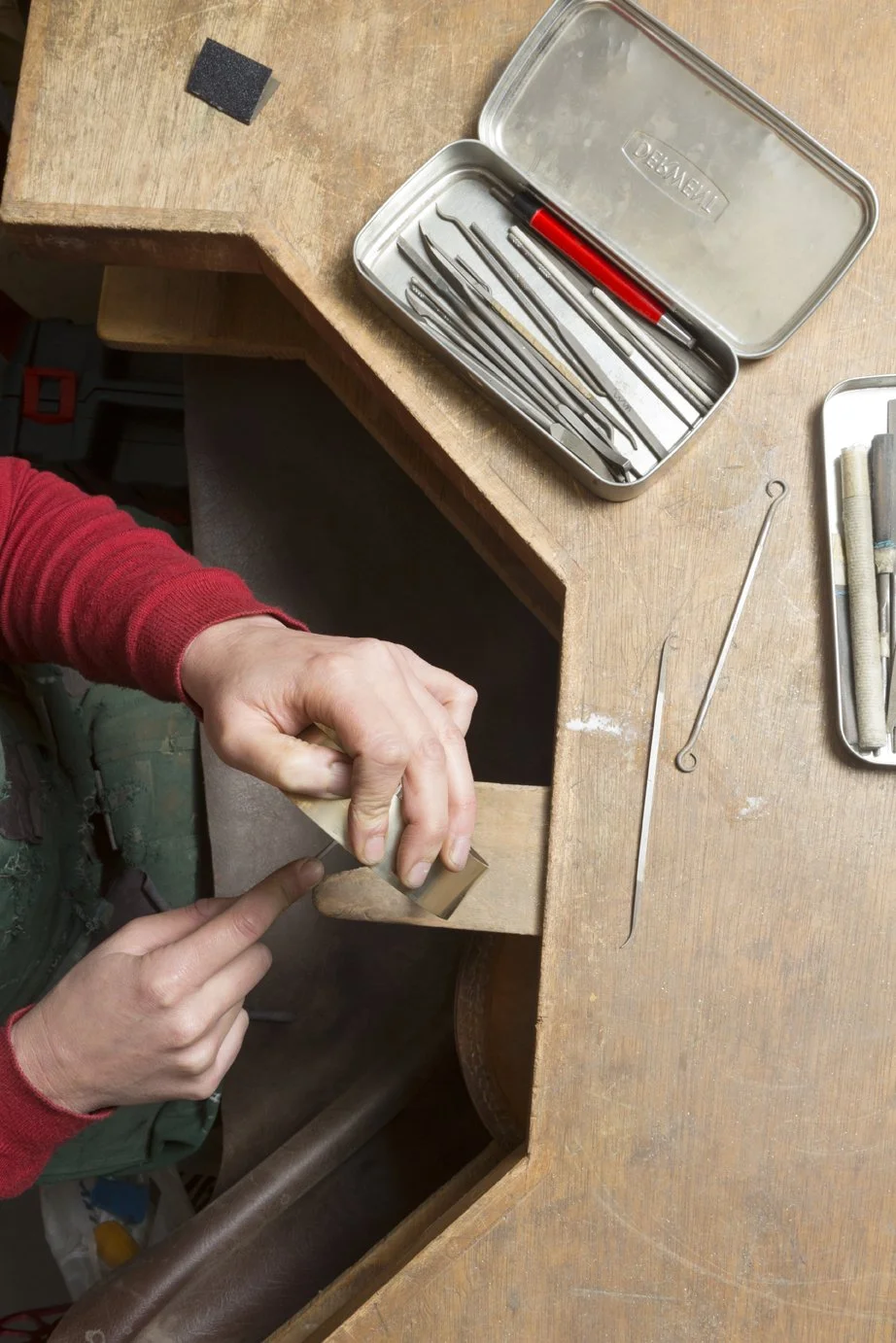







photo credit Nicola Tree and The Goldsmiths’ Company

